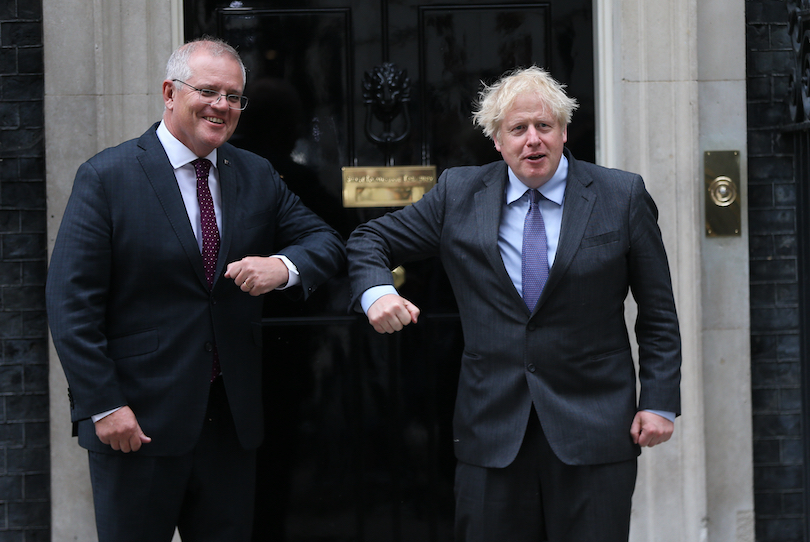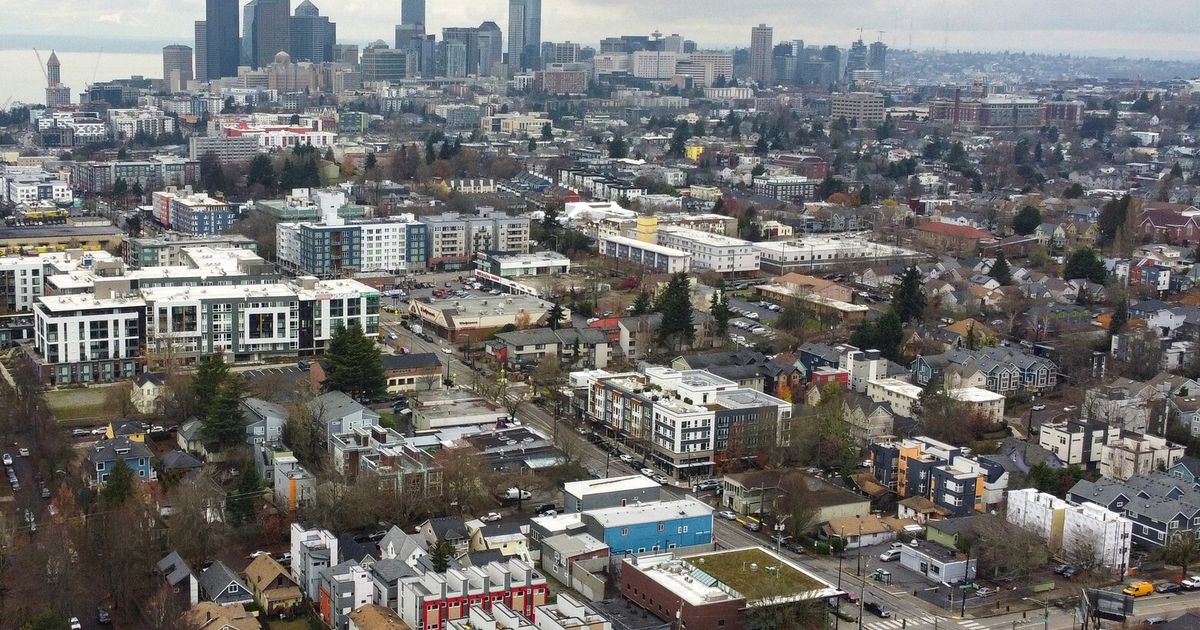zorazhuang
The U.S. pipeline regulator has unveiled new rules aimed at reducing leaks of methane from the network of 2.7M miles of natural gas pipelines in the U.S. that could eliminate 1M metric tons of methane emissions by 2030, the equivalent of emissions from 5.6M cars.
The proposal issued Friday by the Transportation Department’s Pipeline and Hazardous Materials Safety Administration would “significantly improve the detection and repair of leaks from gas pipelines… deploy pipeline workers across the country to keep more product in the pipe, and prevent dangerous accidents.”
The agency said the new rule would reduce emissions from covered pipelines as much as 55% by requiring pipeline operators to establish advanced leak detection programs aimed at detecting and repairing “all” gas leaks by strengthening leakage survey and patrolling requirements using technology such as aerial or vehicle surveys, optical gas imaging cameras, and continuous monitoring systems.
ETFs: (NYSEARCA:XLE), (NYSEARCA:XLU), (ICLN), (QCLN), (PBW), (PBD), (ACES), (CNRG), (ERTH), (SMOG)
The latest proposal is part of the Biden administration’s broader effort to regulate emissions from domestic oil and gas drilling, including requirements for drillers to fix all methane leaks, not just the biggest.
















